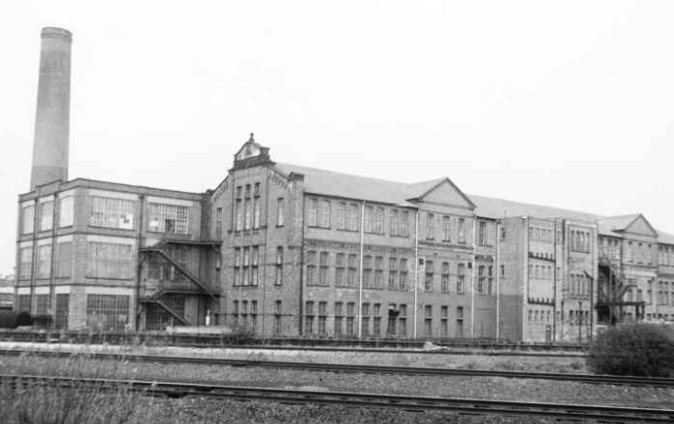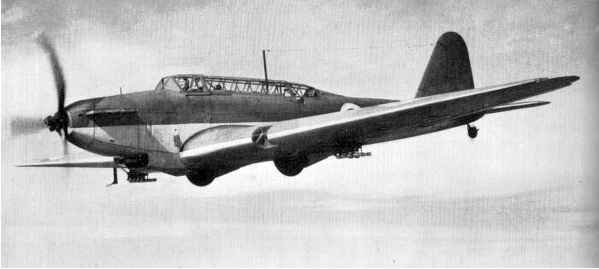War & Rebellion
Introduction
During the Civil War in the 17th century, Royalist troops loyal to Charles I were stationed in Nottingham Castle and at Bestwood Lodge. On one occasion it was recorded that soldiers from the Lodge were engaged by a group of Parliamentary Dragoons at Redhill, coming off second best.
In the 1770s there was a round of rioting and frame-breaking in the area, in protest against the hosiers who controlled the trade. Between 1795 and 1815 several more episodes of crowd violence occurred, workers reacting to decreasing pay, increasing prices, shortages of food, poor standards of living and to the conditions of employment in the textile trades. The sustained rebellion also came about as a result of fewer employment opportunities following the war with France, as well as economic slumps. At the same time, changing fashions decreased demand for the style of hosiery produced in the borough.
The Luddite Riots
The Luddite riots which took place between 1811 and 1817 were one phase of the civil agitation. Arnold became a hot-spot for trouble, which then spread to the surrounding villages where framework-knitting was carried out.
http://www.nationalarchives.gov.uk/education/politics/g3/
http://www.victorianweb.org/history/riots/luddites.html
http://www.arnold-history-group.org/29743483
Chartists
The Chartist movement arose in the 1830s. This was a national campaign to bring in voting rights for ordinary people and to reform the Houses of Parliament. In and around Nottingham, the Chartist cause was strong and in August 1842 there were demonstrations and meetings across the area. A crowd estimated to have been of about five thousand met on Mapperley Hills, just outside the boundary of the borough. Although the meeting was peaceful, the local magistrate called on the police and soldiers to disperse the crowd. Four hundred people were arrested in violent scenes and were marched into Nottingham, towards the prison, crowds attacking the column of prisoners along the way. Eventually, most of the rioters were either released without charge or acquitted at trial, although a few were sentenced to imprisonment with hard labour for their role in the disturbance.
Early in the 19th century there was a high level of poverty and hardship in the borough parishes, because of the economic reliance on framework knitting. A new Poor Law was adopted in 1834, to reduce the cost of looking after the poor and create a system which would be the same all over the country. Under the new Poor Law, parishes were grouped into unions and each union had to build a workhouse if they did not already have one. The parishes in this part of Nottinghamshire contributed to the workhouse at Basford (this later became Highbury Hospital). Basford union workhouse became the source of welfare and relief for local people
For further information: www.nottsheritagegateway.org.uk/themes/riot.htm &
www.arnold-history-group.org/29743457
20th Century Wartime
All the towns and villages in the borough of Gedling were affected in some way by the two World Wars.
During World War I, men in the borough, as elsewhere, were exhorted to enlist and many were killed or maimed in the fighting. More than 550 names recorded on War memorials across the borough are testimony to the heavy losses felt by local communities. At home, shortages of food and supplies affected the population. On 25th September 1916, civilians living in the borough were directly affected by the conflict when six houses in Dunstan Street, Netherfield were demolished by an exploding bomb dropped from a Zeppelin airship. The same raid damaged houses on Hickling Road in Porchester.
During the First World War, Arnot Hill House, built by the Hawksley family and later owned by Arnold Urban District Council, was used by the Red Cross as a convalescence hospital for wounded servicemen.
In 1919, a landing strip was constructed at Papplewick as a training base for the emerging Royal Air Force. The original aim was to create a full-scale aerodrome, but the water-logged soils of the area made this unsuitable. The development was relocated to nearby Hucknall, but the site was briefly reactivated during World War II as an emergency landing site.
During World War II, a ‘Fairey Battle’ flown by Polish airmen based near Lincoln crashed into the fields near Calverton, killing all three occupants. A memorial in Watchwood Plantation, erected in their memory, is accessible by footpaths through the woodland.
Some local sites were converted to assist the war-effort. Lawrence’s furniture factory in Carlton was converted to assemble aircraft. In Netherfield, Bourne’s Mill was requisitioned to manufacture parts for aero-engines. Bestwood Lodge was requisitioned by the army in 1939, and became the Northern Command Headquarters, remaining in military hands until 1976. The relative safety of the area allowed the government to evacuate people from other parts of the country, for example, Linby became home to evacuated school-children.


